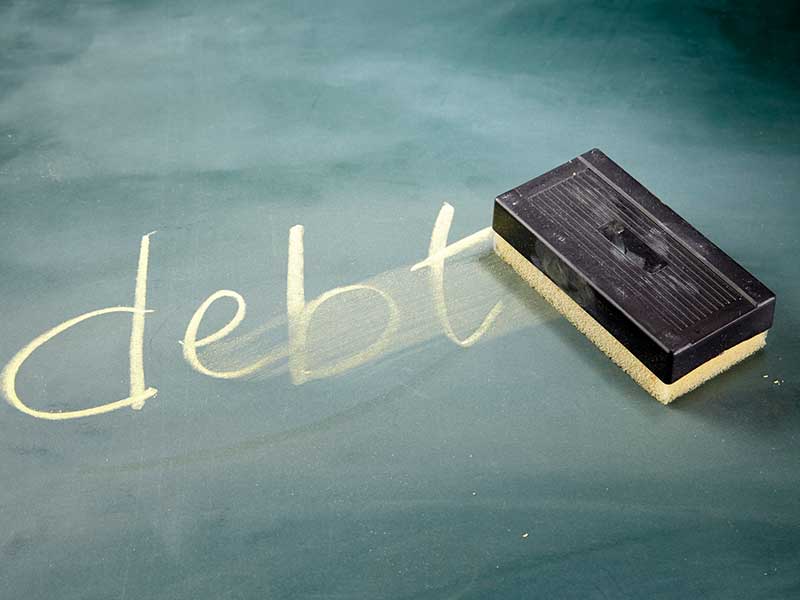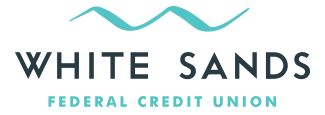Four debt reduction strategies

Most Americans are in debt – credit card debt, student loans, mortgages and car loans being the most common. In fact, according to a Pew Charitable Trust report, 80% of Americans carry some sort of debt. Let’s say you are like most households, but you recognize that less debt would be a good thing. What is the best way to go about getting out from under your debt? Consider the following four debt reduction or elimination strategies.
Snowball
The debt snowball method has you ordering all your outstanding debts by balance owed, from smallest to largest, and tackling the smallest first. Begin with making the minimum payment on all your debts. But for the smallest debt, you will make extra payments, whatever you can afford, until the debt is gone. Once it’s gone, apply the same method to the second lowest-balance debt. However, with the second debt, you will also apply the funds you budgeted for the smallest debt’s monthly or minimum payment. By the time you get to the third debt, you are not only paying extra toward this debt, but you are also applying the budgeted payment from the first two that you already paid off. This is where the debt payments begin to snowball.
This method is psychologically rewarding, because it will eliminate entire debt accounts rather quickly and you see immediate progress. By the time you get to the last debt with the highest balance, you are able to pay huge amounts toward it because you have no other payments.
Pros: This type of debt reduction gives you small victories early on, and that can be very motivating. After all, money management is fraught with emotions. The boost in morale will keep you in the game longer and you will be more likely to stick it out until the end.
Cons: Financially, this isn’t the best method, as it does not save you the most in interest charges.
Avalanche
With the debt avalanche method, you order your debts according to the interest rate. Work on those with the highest interest rate first, again, making extra payments or paying extra on the principle. But before you begin this method, try to get all your debt interest rates as low as possible by refinancing the highest interest debts.
By using this method, you will save the most money in interest charges. Credit cards usually have the highest interest rates, so that would be the first debt to tackle. Once the credit card debt (or debts) are gone, move on to the one with the next highest interest rate. As with the snowball method, you are applying the funds dedicated to your just-paid-off debt to the next one, in addition to what you would normally pay and any extra money you have to pay it down.
Pros: Mathematically, this method makes most sense. You will save more money and get out from under all your debt quicker.
Cons: The downfall to this method is it is not as motivating because it will take longer to pay off the first few debts until you really get rolling. Also – if you don’t have any high-interest debt, this method doesn’t have an advantage over the snowball method.
Tsunami
The reason the debt snowball works for so many people is that early psychological boost that is powerfully motivating. But there is another debt reduction method that is also emotional – the debt tsunami method. This method has you paying off debt in order of emotional impact. In other words, pay off the debts that cause you the most pain first, whether it be because of a high interest rate, or because it is a loan from a friend or family member, or perhaps you still owe on something you no longer have, like a car or appliance. Once the most painful debt is gone, dedicate the funds you were using to pay it off to your next most emotional debt. If no other debt carries emotional baggage, transition to the snowball or avalanche method.
Pros: Getting rid of debt that carries emotional baggage can be good for your mental state, which may be the boost you need to put your financial life in order.
Cons: Like the snowball method, it isn’t the best economically. Paying down the highest interest debt will always save you the most and reduce overall debt fastest.
Snowflake
Not everyone has enough funds left at the end of the month to dedicate an extra amount toward debt reduction. But almost everyone can find day-to-day savings in the smallest of places, and that is the premise behind the debt snowflake method. You make the most out of found money even if it is just few dollars at a time. For example, you find $10 in a jacket you haven’t worn since last winter. Or you get paid for babysitting your nephew. Perhaps you have a yard sale or sell an unneeded piece of furniture. Maybe you spent $7.26 less than you budgeted for groceries last month. The possibilities are endless.
You mindfully gather all of these unplanned bits of money (snowflakes) before they melt and make frequent micro payments on your debt. Or, if you are really good, you find one safe place to save all your snowflakes and make a larger extra payment at the end of the month. Employee one of the methods above to determine which debts to attack with the snowflakes.
Pros: Finding snowflakes also has the advantage of making you hyper aware of where you spend your money, which is useful for overall budgeting and developing better spending habits.
Cons: Your debt won’t be reduced in a predictable way like using the debt snowball, avalanche or tsunami method. Also – you can’t make micro payments on all type of debts, as some lenders only accept payments once a month.
Which method to use?
That all depends on you. Is being motivated by small wins early on going to keep you going? Are you rational enough to use the method that will save you the most money, even though you won’t see success as quickly? Do you have some emotional-type debts that just need to be gone? Are you a snowflake? Take an introspective look at yourself and your financial habits. Try on the most likely method and if it doesn’t work for you, pick another method. The nice thing about any of these debt repayment methods, is once the debt is paid off, you just keep putting away the monthly budget amount for the payments into a savings account. Before long, you will have your emergency fund built!
Contact Us
Call Center:
(575) 647-4500 or
Hours of Operation:
Monday thru Friday, 8 am-5 pm
Mailing Address:
P.O. Box 99
Las Cruces, NM 88004
Routing & Transit # 312276470
Federally Insured by NCUA
Your savings federally insured to at least $250,000 and backed by the full faith and credit of the U.S. Government. National Credit Union Administration, a U.S. Government Agency.
Equal Housing Lender
We do business in accordance with the Federal Fair Housing Law and the Equal Credit Opportunity Act.
White Sands Federal Credit Union is committed to providing a website that is accessible to the widest possible audience in accordance with the WCAG 2.0 standards and guidelines. We are actively working to increase accessibility and usability of our website to everyone. If you are using a screen reader or other assistive technology and are encountering problems using this website, please contact us at 575-647-4500 or 1-800-658-9933. Please provide the location of the inaccessible information. All products and services available on this website are available at all White Sands Credit Union branch locations.

